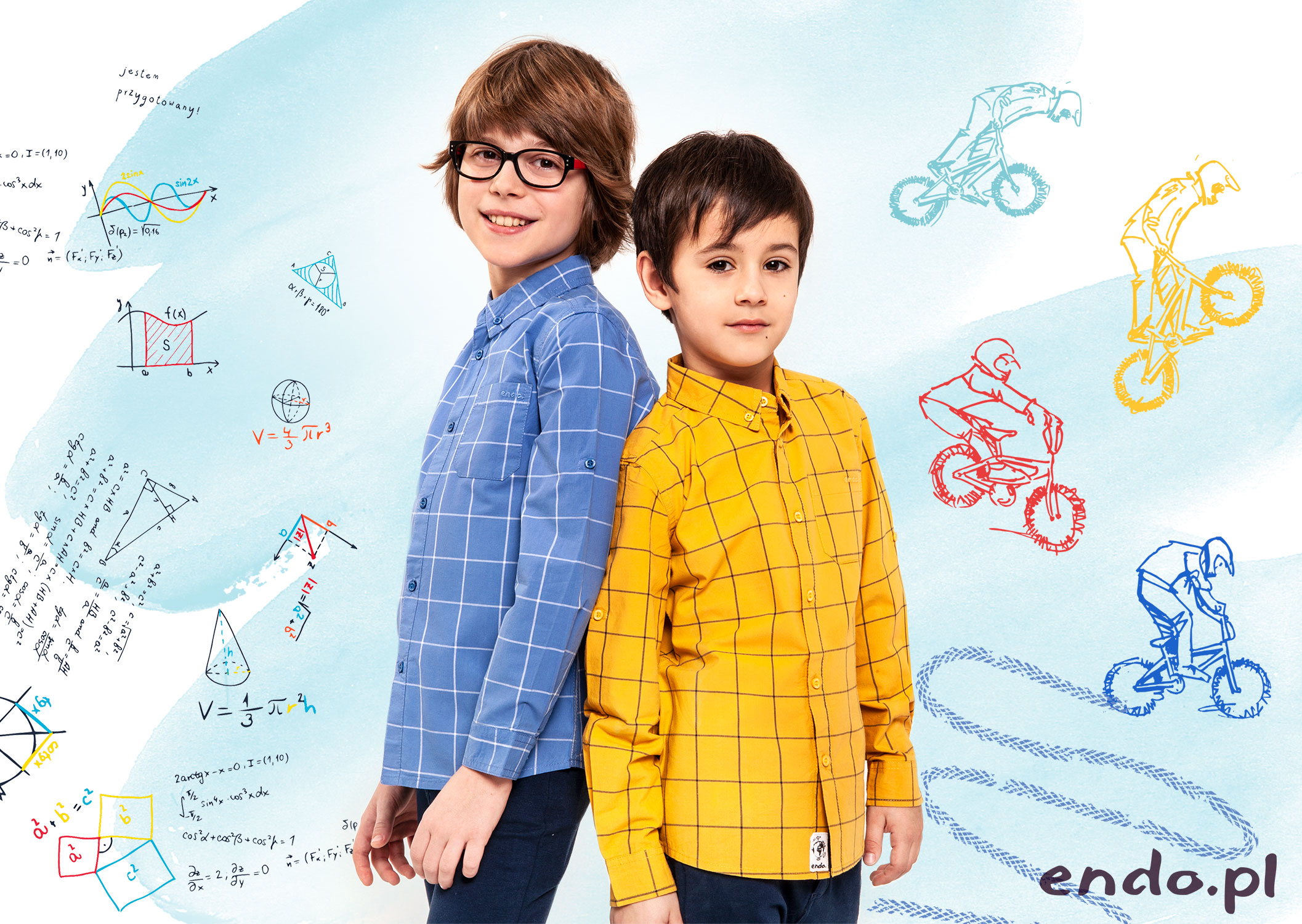
Childhood friendships are essential for a young person's maturation and development of social and emotional skills. Even if most of our childhood friendships didn't last, they became the foundation for later relationships.

Why it's worth having friends
Childhood friendships are often undervalued by parents, and frequent contact with peers is replaced by responsibilities and extracurricular activities. We often think that young children's friendships are short-lived and superficial, which is why we don't attribute as much importance to them.
Meanwhile, these seemingly minor friendships from preschool or the playground are essential for a child to learn how to interact effectively with others. Children with a strong network of friends have a greater chance of developing happy relationships in adulthood. A lack of friends impacts self-esteem and a sense of belonging within society. It affects a child's personality and ability to cope with problems, and can also impact a child's chances of achieving success in school and adulthood.
Scientists studying friendship have observed that people who have friends are happier, healthier, and even live longer than people who avoid socializing.

Understanding Childhood Friendships
To properly assess our child's interactions with peers, we must dissociate ourselves from the adult understanding of friendship. Psychologist Robert Selman distinguishes five stages of friendship, in which, depending on age, children establish and maintain relationships with their peers differently.
Between the ages of 3 and 6, childhood friendships are built through attraction based on similarities , shared interests, or being in the same place at the same time. These friendships are often short-lived, and best friends change overnight. Friendship at this age is primarily about shared fun, not emotional connection.
Between the ages of 5 and 9, children look for benefits in their relationships , for example, in exchange for playing together, they expect special treatment from others.
Between the ages of 6 and 12, they place great importance on belonging to a group . To be accepted, they fit in, for example, by wearing similar shirts or collecting the same toys. This is a difficult period for a child, who often has to compromise to be accepted by their peers. This period also develops a view of the benefits of friendship as a mutual transaction, in which any kindness or favor should be immediately reciprocated.
Between the ages of 8 and 15, true emotional bonds begin to form , and empathy develops more and more. Children help each other without expecting reward. During this time, childhood friendships can be very intense, and children form so-called "clubs" to which only selected people can belong. From the age of 12, relationships begin to resemble those of adults. Friendships are based on emotional closeness and trust. Such intensity is no longer required, but despite fewer encounters, these friendships can endure for the rest of their lives.

We create friendships for children, or how to help your child make and maintain friendships
As parents, we should help our children maintain relationships with their peers. Young children often don't know how to behave in a group or even how to join one.
1. How to Make Friends with Children - Words to Break the Ice
If you have a shy child who watches their peers from a safe distance, help them connect by offering ready-to-use phrases like “Can I play with you?” or “What’s your name?” These simple words may not be so obvious to your little one.
2. Be a role model for your child
If, despite your encouragement, your child still feels uncomfortable, show them how it's done by setting an example. Approach one of the mothers playing with their children, introduce yourself, and strike up a casual conversation. Your little one will see that making new friends doesn't have to be difficult.
3. Teach the rules of good manners
Playing with other children is the perfect time to practice good manners. Remind your little one when to say "sorry," "thank you," and when to share a toy. This sandbox lesson will bear fruit later in school.
4. Teach assertiveness
However, your child doesn't always have to yield to others in the name of politeness. If they don't want to play with another child or share their toys, teach them how to politely decline or compromise.
5. Observe, do not disturb
Don't try to solve all your child's problems at once. Arguments, insults, and petty annoyances are a natural process of learning about relationships. Children are testing the limits of their behavior, learning to recognize their own feelings and those of their peers, and how to cope with rejection and frustration. As long as they're not being harmed, stand aside and let them figure things out on their own. At home, there will always be time to discuss problems and suggest good solutions.
6. Schedule time for your children's friendships
Remember to give your child time to play freely with peers. Children don't know how to maintain friendships on their own, and without our help, a favorite preschool friend might disappear from your child's life once they start school. Invite your child's friends over to your house, for sleepovers, or for walks together. Check if your schedule includes time for playing with friends. Consider whether additional extracurricular activities are as important as learning to build relationships with others.
7. Don't react with fear to a different worldview
Your child will often encounter a child whose parents live by different rules than those in your home. Don't discourage your child from such a relationship. This is a great opportunity to teach them tolerance and openness to other views. Discuss with your child the differences in their upbringing and that of their peers. Explain the reasons for these differences and why the rules in your home are important to you.



Podziel się:
How to develop creativity in children
How to develop creativity in children